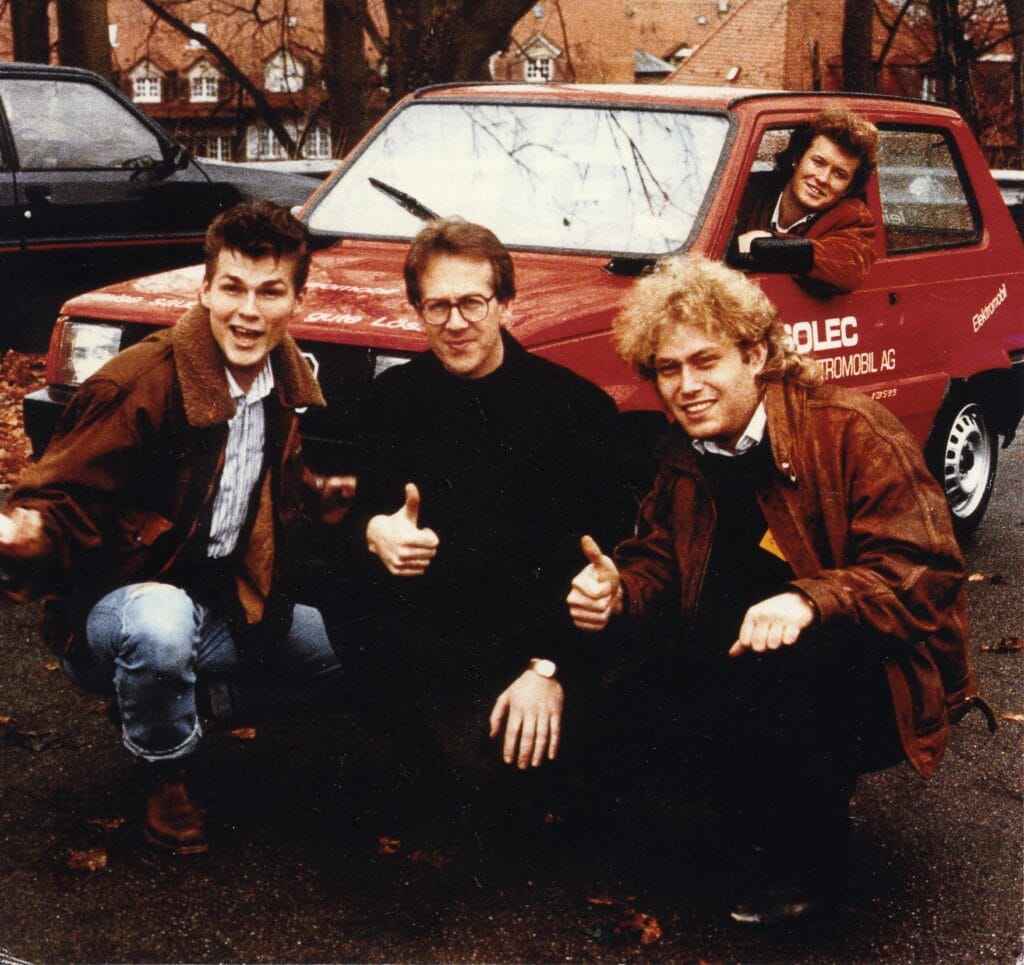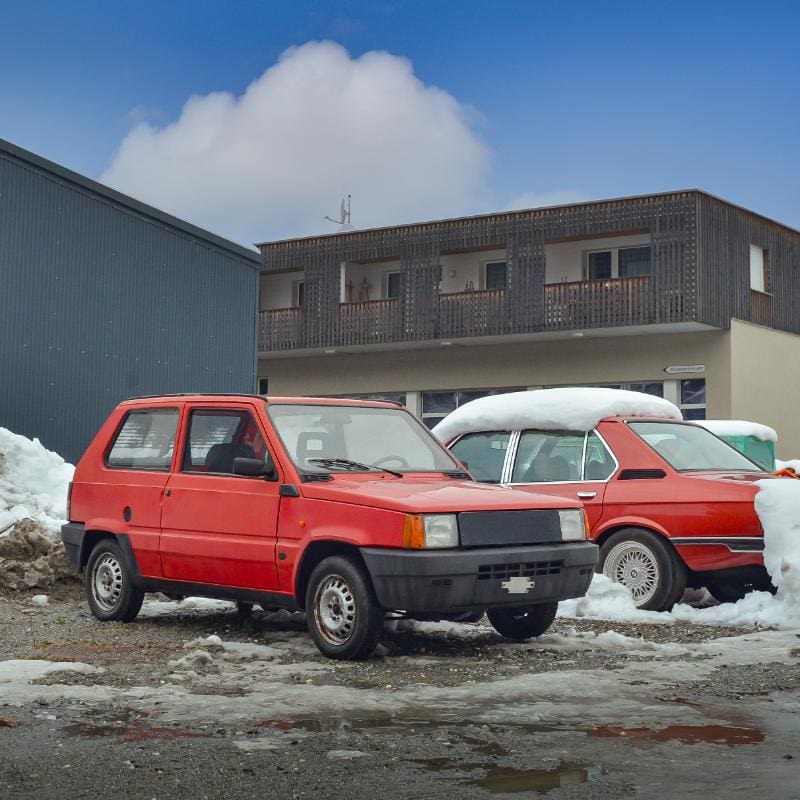2024 will see the sales of combined EV’s to pass the 90% mark of all sold cars in Norway and pure battery-electric vehicles to exceed 80% of new car sales, which is the highest market share of electric vehicles in the whole world! For comparison: The numbers in Switzerland are 30% combined EV’s and 20% for pure BEV’s in the same period of time. Did you ever wonder how this record happened in a single market in Europe? Well, let me take you back to the eighties and tell you a nice story, involving a determined group of environmentalists and my favourite pop group A-ha (remember “take on me” and its awesome cartoonish video?)
In 1989, Norwegian environmental activists Frederic Hauge and Harald Røstvik and the A-ha lead singer Morten Harket and musician and fellow A-ha band member Magne Furuholmen were in Switzerland together for an environmental conference. There, they dicovered a battery-electric vehicle called the Larel Wil 202, based on a Fiat Panda. The car was produced in very small numbers by the Swiss vehicle engineering company Larag. The Wil 202 was a very limited car by modern EV standards. It had under 20 hp, a top speed of 50 mph, and a range of about 50 kilometers. Due to the size of the 14 batteries, the car only had two front seats.

Morten Harket, Harald Røstvik, Frederic Hauge and Magne Furuholmen. Image: Flickr/Bellona Foundation
Frederic Hauge decided there and then to import the car into Norway, but first couldn’t register it as a car, as Norway didn’t have any classification for electric vehicles. Eventually, he managed to get the Wil on the road as a motorhome, thanks to its propane heater. Somehow, he got away with never paying the actual registration fee. But it didn’t stop there: Frederic Hauge with the help of his friends Harket and Furuholmen of the famous pop-group A-ha decided to make use of their public status to fight for the adoption of electric vehicles. Hauge and the members of A-ha brought up the idea that an electric vehicle without emissions should not be paying any road taxes and tolls.
Instead of following and administrative or political process in order to achieve that tax- and toll exemption, Hauge and his friends decided to just take a shortcut and just not pay the tolls, by driving the electrified Fiat without paying any fines. They let the fines stack up until the police showed up and confiscated the little electric car. Subsequently, he little Larel was put up for auction. Of course, nobody wanted the weird and unpractical electric car. Hauge and A-ha bought it back for a song. Then, the repeated the whole procedure again and again. And of course the popularity of the pop-group A-ha eventually led newspapers to cover the story, and the government agencies found themselves under pressure. Eventually, they had to give in, exempting EVs from paying road tolls and registration fees.
The rest is history: In 2013, Hauge took delivery of the first Tesla Model S in Europe, and other customers in Norway started shifting to battery-powered vehicles too because the incentives from the nineties (that didn’t really matter up to this point) meant that electric cars were an economical no-brainer. In addition to that, EVs were allowed to use the bus lanes too, which added even more value to the ownership of an electric vehicle.

Seeing the EV market share passing the 90% mark in 2024 and thinking that it all started with a tiny Swiss car, is a very positive feeling. It reminds me of the story of the butterfly, causing a storm by the flap of its wings! What an honour to bring an original Larel Wil 202 back on the road. For the moment being, I can’t even exclude that it might have been the very one on the picture further above in this post! Follow along to see more of the Larel Wil!